Would you like to know how to create Joomla sites with content in multiple languages? Joomla really can build professional-quality multilingual sites.
But before you begin, there are some key questions to answer:
- What do multilingual sites look like?
- Can I trust Joomla with my multilingual site?
- Are there any advantages or disadvantages to multilingual sites?
In this introductory blog post, we'll answer those questions. Let's start by seeing some examples of real multilingual Joomla sites.
What Does a Multilingual Site Look Like?
Joomla really can build professional-quality multilingual sites. Don't believe it? Let's look at some high-profile examples.
One of the most famous car companies in the world runs a multilingual Joomla site. The site is at https://peugeot.com.
Here's the English version:
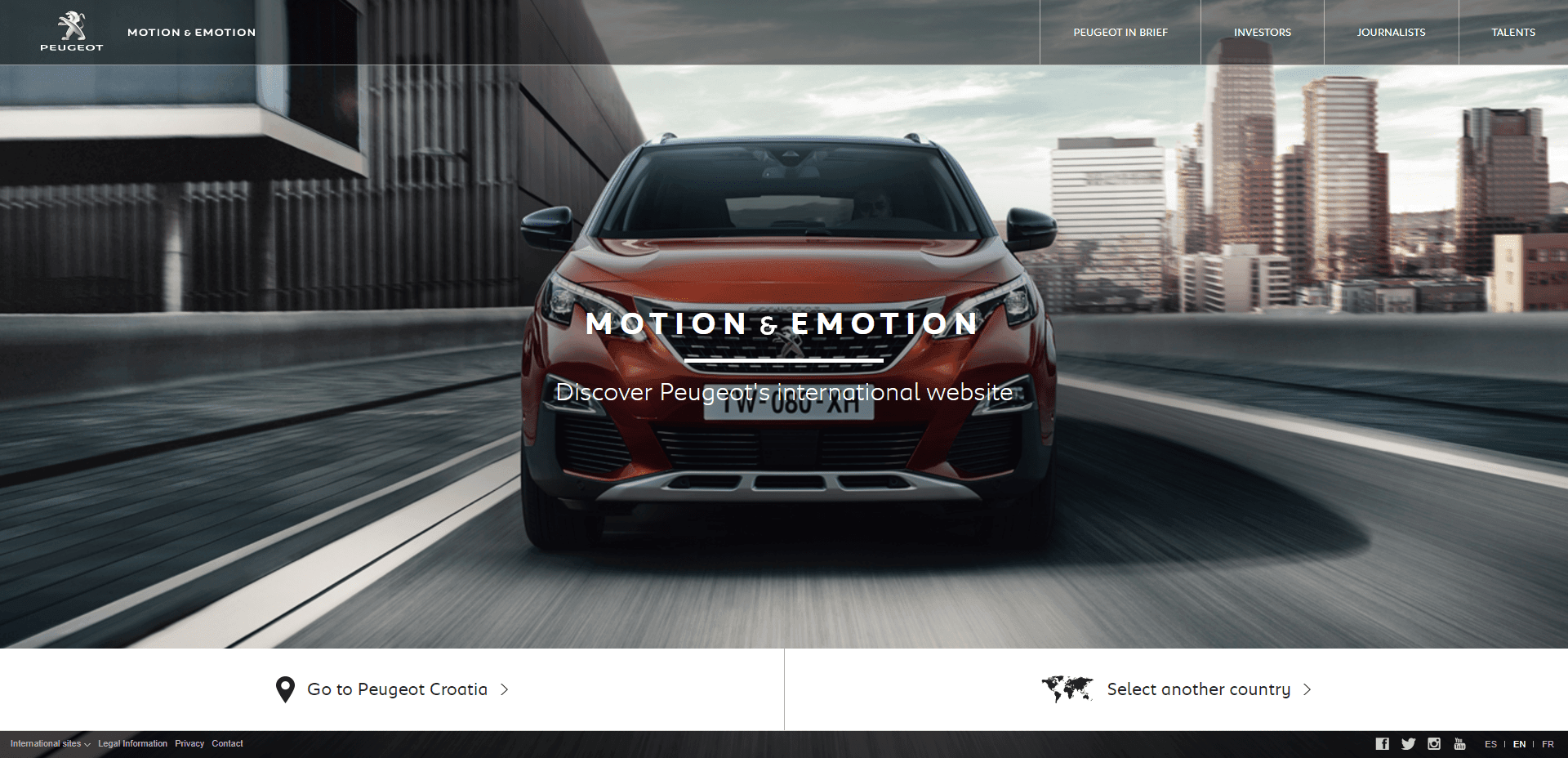
In the bottom-right corner of the site, you can switch between Spanish, English and French:
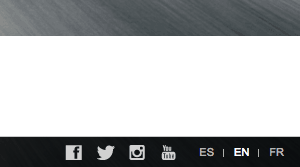
The next image shows the French version. You can see that the site looks almost identical, except all the text is in French:
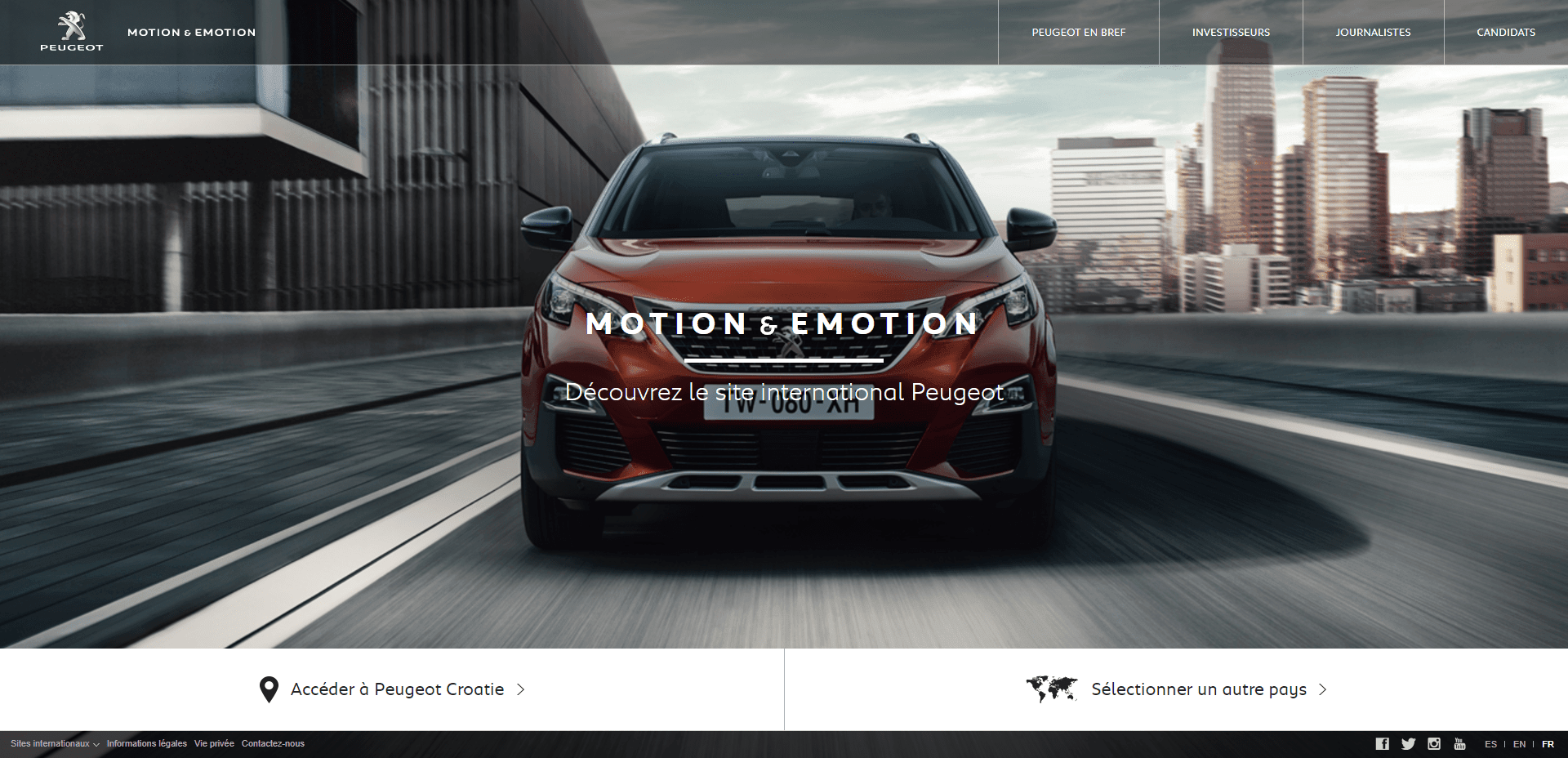
The internationally famous swimmer Michael Phelps also has a multilingual Joomla site that you can see at https://michaelphelps.com.

In the top-right corner of the site, you can use the flag icon to change the language of the site:
![]()
This next image shows the French version of the site. This time the French site is similar, but there are differences in the design and the content.

A multilingual site does not have to be English-first. https://medeor.de is a non-profit organization in Germany. If you visit their site, you'll see content in German, as shown below:
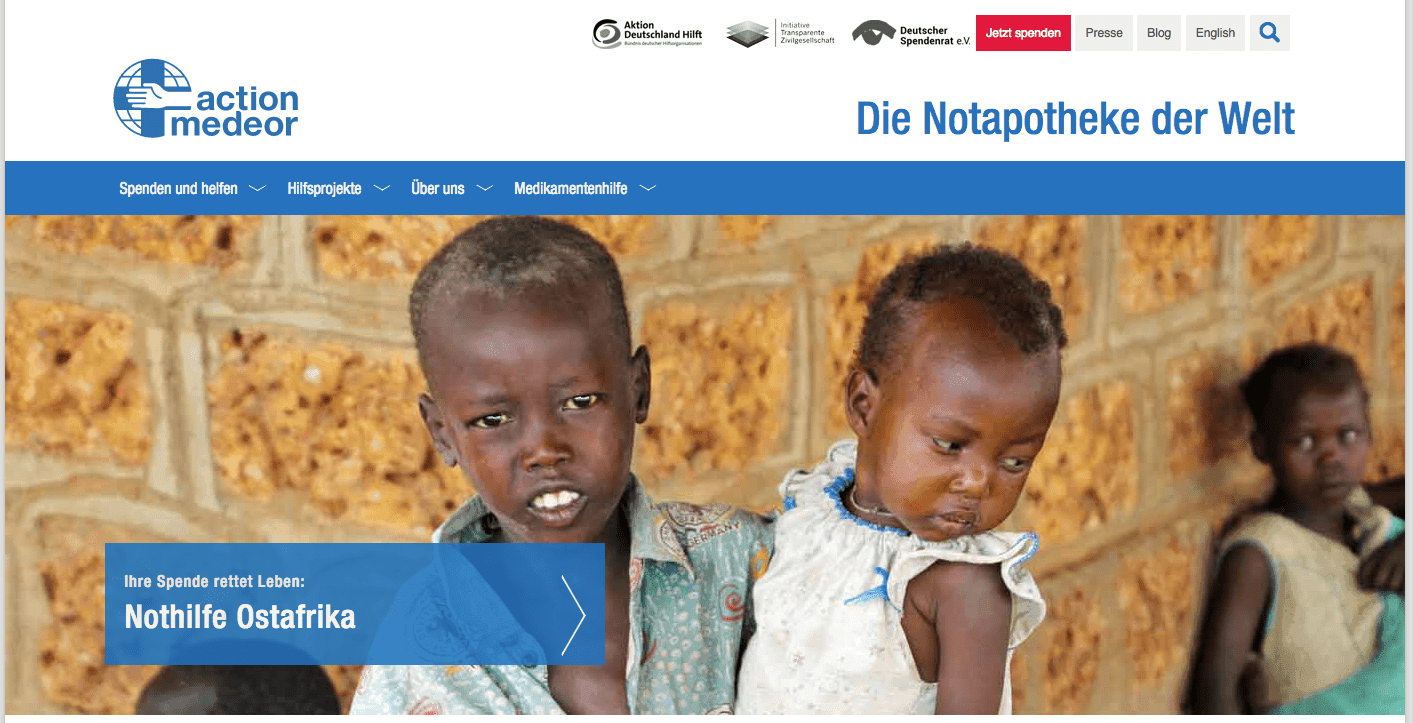
In the top-right corner of the site, you'll see a link that says "English":

Click the "English" link, and you'll see the whole site has now been translated:
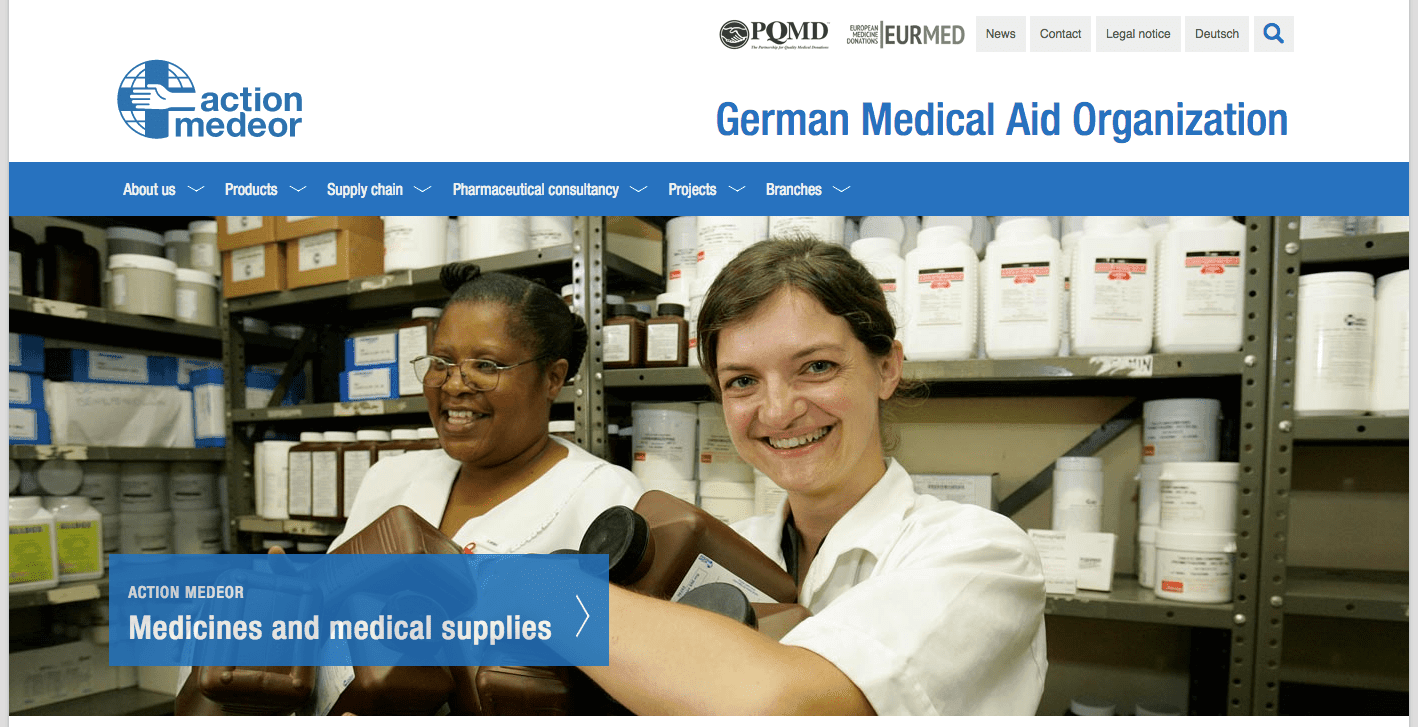
Advantages and Disadvantages of Multilingual Sites
Before you decide to build a multilingual site, it is worth thinking about whether it's worth the time and effort.
On the positive side, there are many reasons why you would want a multilingual website:
- The Web is Becoming Multilingual: The internet began as an English speaker’s invention and as a result, was dominated by English speaking users and sites. However, times are changing. As the world moves online, and internet access is available from Nigeria to Nanjing, English speakers will soon be in the minority when it comes to internet use.
- Marketing: Ultimately, a multilingual website is a marketing tool. By having your site accessible to more people, you are showcasing your company to more customers.
- Customer-Focused: A multilingual website demonstrates that you are thinking about the customer. That little extra effort shows you have thought and cared enough about them to offer the website in their language. As with anything in business, if the customer thinks you care, they will more likely want to do business with you.
- Trust: For many cultures, there is an issue of trust when it comes to buying over the internet, especially if they feel it is in a language they are not fully proficient in. Offering them a language alternative allows the customers to feel secure in the fact they know what they are buying, how they are buying it and who they are buying it from.
- Culturally Sensitive: A multilingual website, if designed properly, overcomes potential cultural barriers through allowing access in a native language. This automatically puts the user in a cultural comfort zone due to their being able to navigate, understand and interact with the website.
- Competition: Look at your competitors – if they have multilingual websites, then why don’t you? If they don’t, then why not lead the marketplace and establish your company or brand abroad before they do?
However, being realistic, there are also some real disadvantages that come with multilingual sites:
- Additional Complexity: A multilingual website is more complex than a unilingual website. You will have to invest more to build and maintain your site's technical capabilities. Even apparently simple things, such as fonts and dates, can become tricky as you jump between different languages.
- Initial Investment: Your website will not create the translations for you. You will need to create the translations yourself or hire someone to do it for you. It may cost around $1,000 to translate 10,000 words.
- Ongoing Investment: Websites need updating, and you'll need to make plans to keep all the languages on your site up-to-date. You may also need to add customer support in more than one language.
A multilingual website is a very valuable asset for many organizations. But, it is not the right choice for everyone. Before choosing to build a multilingual site, sit down and think carefully about your budget, resources, and goals.
What's Next?
So, you've considered the advantages and disadvantages, and you decided to build a multilingual site. The next step is to choose the right approach for your site.
Look again at the website examples in this post. You'll see that there is more than one way to build a multilingual site. The Peugeot site uses small text links to allow users to change the language: ES, EN, and FR.
Michael Phelps' site uses flags to represent each language. The Action Medeor site provides a simple link that says either English or Deutsch.
If we looked deeper, we'd see many other differences between those sites as well.
In our next tutorial "3 Different Approaches to Multilingual Joomla Sites", we'll review three of the most common approaches to building multilingual sites.
This should help you decide which approach is the best match for you.


